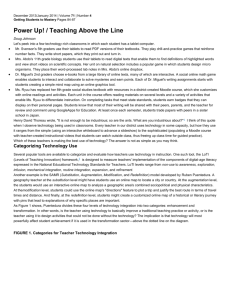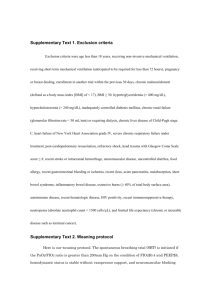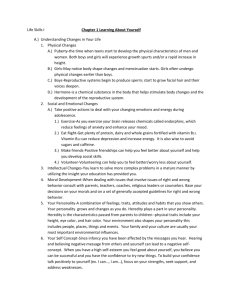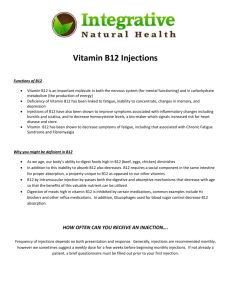Supplementary Figure 1.
advertisement
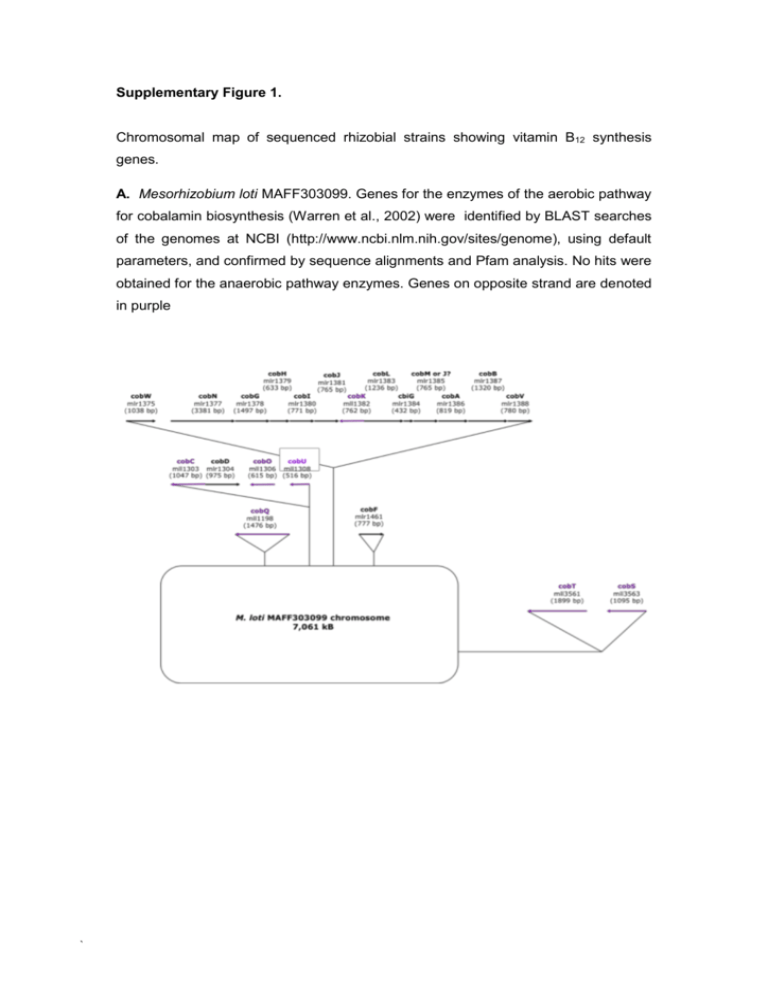
Supplementary Figure 1. Chromosomal map of sequenced rhizobial strains showing vitamin B12 synthesis genes. A. Mesorhizobium loti MAFF303099. Genes for the enzymes of the aerobic pathway for cobalamin biosynthesis (Warren et al., 2002) were identified by BLAST searches of the genomes at NCBI (http://www.ncbi.nlm.nih.gov/sites/genome), using default parameters, and confirmed by sequence alignments and Pfam analysis. No hits were obtained for the anaerobic pathway enzymes. Genes on opposite strand are denoted in purple ` B. Chromosomal map of sequenced Sinorhizobium meliloti 1201 strain showing genes for aerobic vitamin B12 biosynthesis pathway. See Fig 2A for details. ` C- Chromosomal map of sequenced Rhizobium leguminosarum bv. viciae 3841 strain showing genes for aerobic vitamin B12 biosynthesis pathway. See Fig 2A for details. ` Supplementary Figure 2. Growth of algae and bacteria on different carbon sources A. M. loti cultures were grown on TP+ medium supplemented with 0.5% glucose, 0.1% glycerol, 0.5% mannitol, 0.1% succinate or 0.1% malate. Shown are the mean growth curves with error bars representing standard deviation (n=3). Bacterial cultures after 5 days growth on glucose, succinate and malate “crashed”, with no viable cells recovered subsequently. Bacteria grown on mannitol and glycerol were still viable after 10 days. Mannitol and glycerol were therefore chosen for further investigation. B. L. rostrata was grown on TP+ medium supplemented with 100 ng L-1 vitamin B12 with or without a carbon source . The “control” line describes average growth in the absence of a carbon source. Growth is also shown on 1% glycerol and 0.5% mannitol. The algae are able to use mannitol as a growth source, whereas glycerol does not affect growth. ` Supplementary Figure 3. M. loti does not support the growth of a thiaminedependent mutant of C. reinhardtii Growth of C. reinhardtii thiamine auxotroph mutant (thi1; CC23) was observed on autotrophic (A) and heterotrophic (B) medium at 25 °C, 140 rpm under continuous light. The algae were either supplemented with 400 ng L -1 thiamine (+B1), or with M. loti. In the latter case bacterial cells were grown on solid medium and added as indicated (with M. loti). The bacteria were unable to rescue the growth of the algal mutant on either medium, although they are able to use acetate, and so grew successfully (shown by the cloudy solution) on TAP. ` Supplementary Figure 4. L. rostrata maintained in the exponential phase was inoculated into fresh TAP medium that contained different concentrations of vitamin B12 (0-10 ng L-1). The bars represent relative algal growth (measured by chlorophyll amount) after 5 days in culture. `


